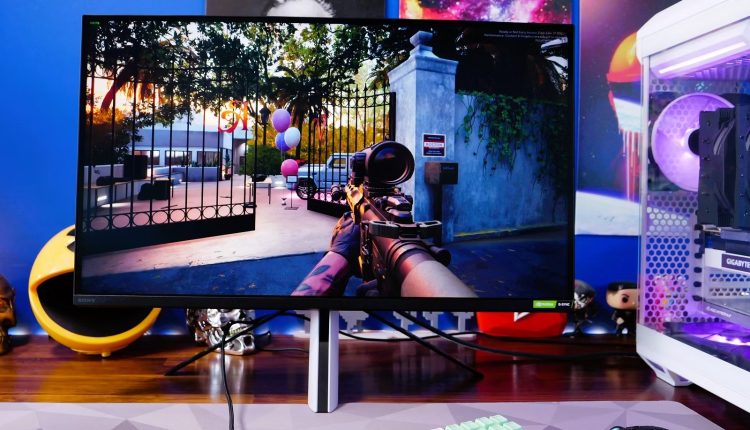An easy way to enter the gaming industry without the trouble of building a computer from scratch is to buy a pre-built gaming PC. However, some manual fine-tuning is necessary to properly maximise the performance of your gaming equipment. This post will provide you five key suggestions to improve your pre-built gaming PC’s FPS, stability, and general gaming capabilities.
Tip #1 – Update GPU Drivers
Maintaining the most recent versions of your graphics card drivers is one of the first stages in optimising your pre-built gaming computer. Each month, optimised drivers for new game titles are released by AMD and Nvidia. These drivers not only improve performance but also correct issues. For the most recent drivers, you need often visit their official websites. It’s also a good idea to use third-party programmes like GeForce Experience, which can update your GPU drivers automatically. By resulting in reduced FPS, game crashes, and graphical issues, failing to update your drivers may have a detrimental effect on your gaming experience.
Source: Nvidia Drivers, AMD Drivers
Tip #2 – Enable XMP Profile for RAM
The majority of pre-built gaming PCs have XMP (eXtreme Memory Profile) RAM installed, which normally operates at 2133MHz unless you explicitly allow it to operate at full speed. Access the BIOS settings and enable the integrated XMP profile to fully use your RAM. Then, your RAM will run at its advertised speed, which is typically 3600MHz. Faster memory guarantees that frames are sent to the GPU more rapidly while simultaneously reducing input latency. Your gaming performance will be significantly improved by XMP, which functions essentially as a sort of memory overclocking.
Source: What is XMP RAM?, High-Quality Gaming PCs in Australia
Tip #3 – Install Games to SSD
It’s crucial to avoid overloading your solid-state boot disc with games even if it’s necessary for a quick system. It’s a good idea to install your games on a bigger secondary SSD so they don’t compete with the operating system for bandwidth. Comparing SSDs to conventional hard drives, load times are much faster. Set aside 50–100GB on the C: disc just for Windows and necessary applications. You may maintain that area free in this manner to ensure optimal responsiveness and quicker in-game load times.
Tip #4 – Adjust Power Options
The power settings on your gaming PC may be greatly improved to improve performance. Go to Windows’ power choices and choose “High Performance” as your preferred plan instead of “Balanced” or “Power Saver.” This option inhibits CPU and GPU throttling, which dynamically lowers component clock speeds to save power and lower temperatures. While power-saving capabilities are helpful for routine chores, gaming benefits from unlimited power, enabling your gaming desktop to perform at its peak.
Tip #5 – Clean Dusty Vents
For sustained performance, it’s essential to maintain the physical integrity of your pre-built gaming computer. Dust may build up within the case over time, especially around the fans and vents for the CPU and GPU. It’s easy yet effective to keep your gaming equipment cool and effective by using compressed air to clear this dust accumulation. While cleaning, take care not to move or harm any internal parts. Dust buildup may cause heat to be insulated and fans to work harder, which lowers performance. Your gaming computer will operate cooler and more consistently if you regularly clean it every few months.
Bonus Tip – Game in Game Mode
A further suggestion for people running Windows 10 or 11 to guarantee the best possible gaming experience is to enable Game Mode. While you’re playing a game, Game Mode suspends pointless background tasks, allocating greater CPU and GPU resources only to your game. Every frame per second matters in the game industry, and Game Mode might offer you an advantage.
Conclusion
To get the full value of your purchase, your pre-built gaming PC’s performance must be optimised. You can make your computer perform quicker, cooler, and more consistently during prolonged gaming sessions by upgrading your GPU drivers, turning on XMP for your RAM, putting games on SSDs, tweaking power parameters, and keeping your system dust-free. Make careful not to overlook any performance increases since the difference in performance is obvious.


